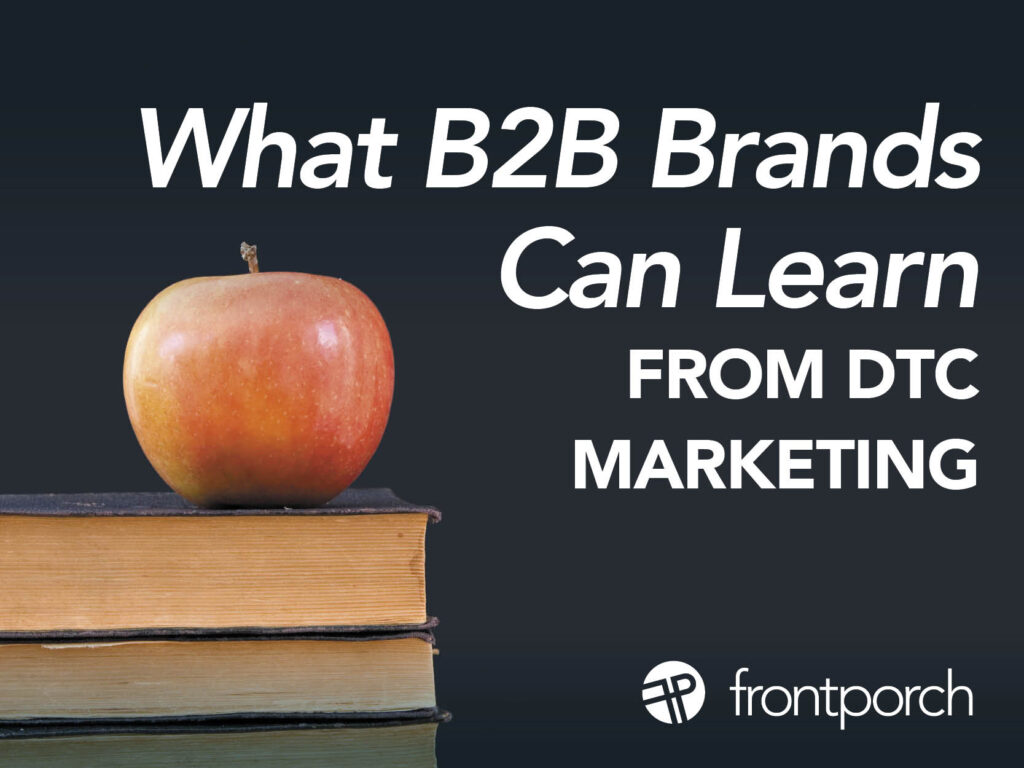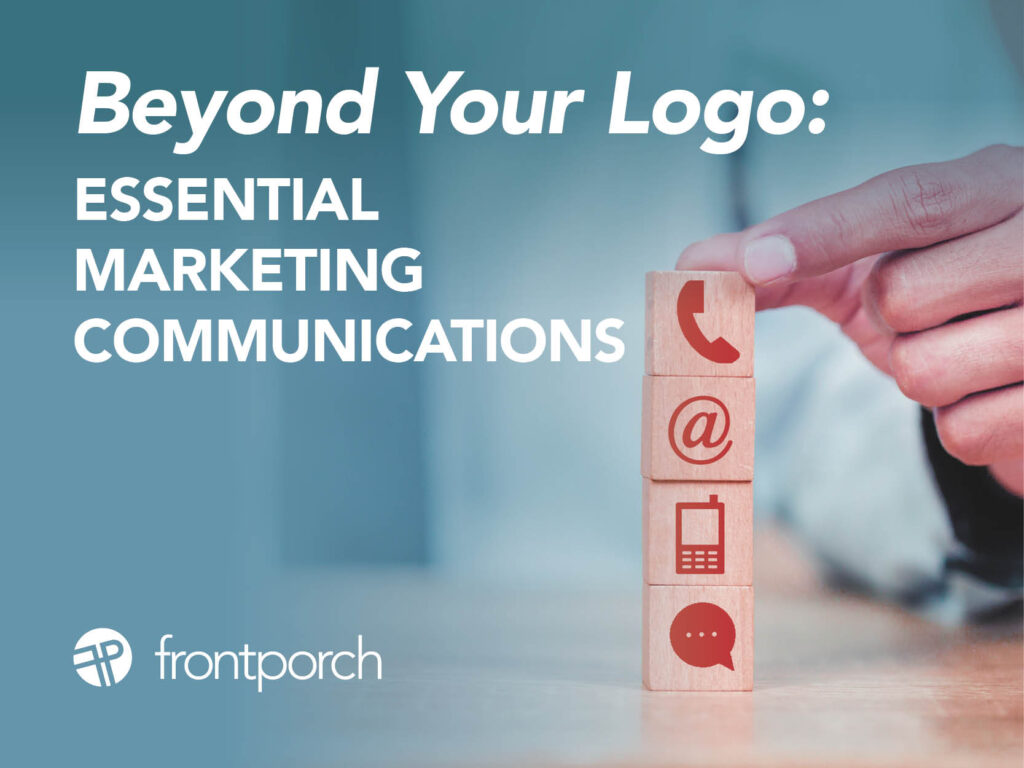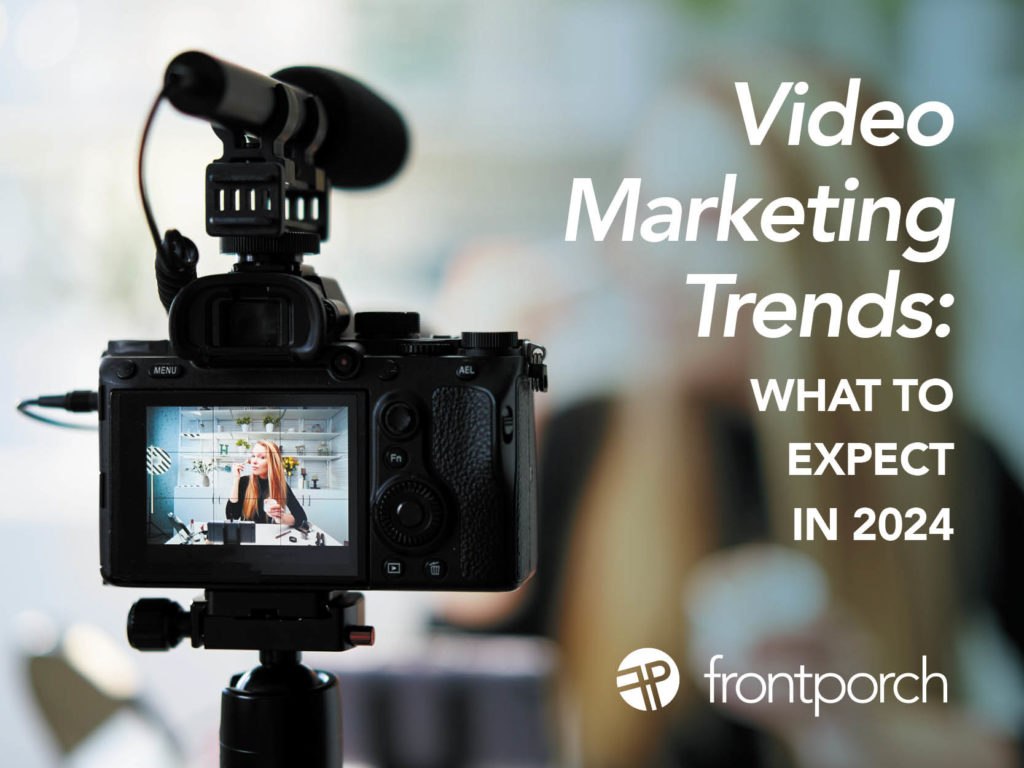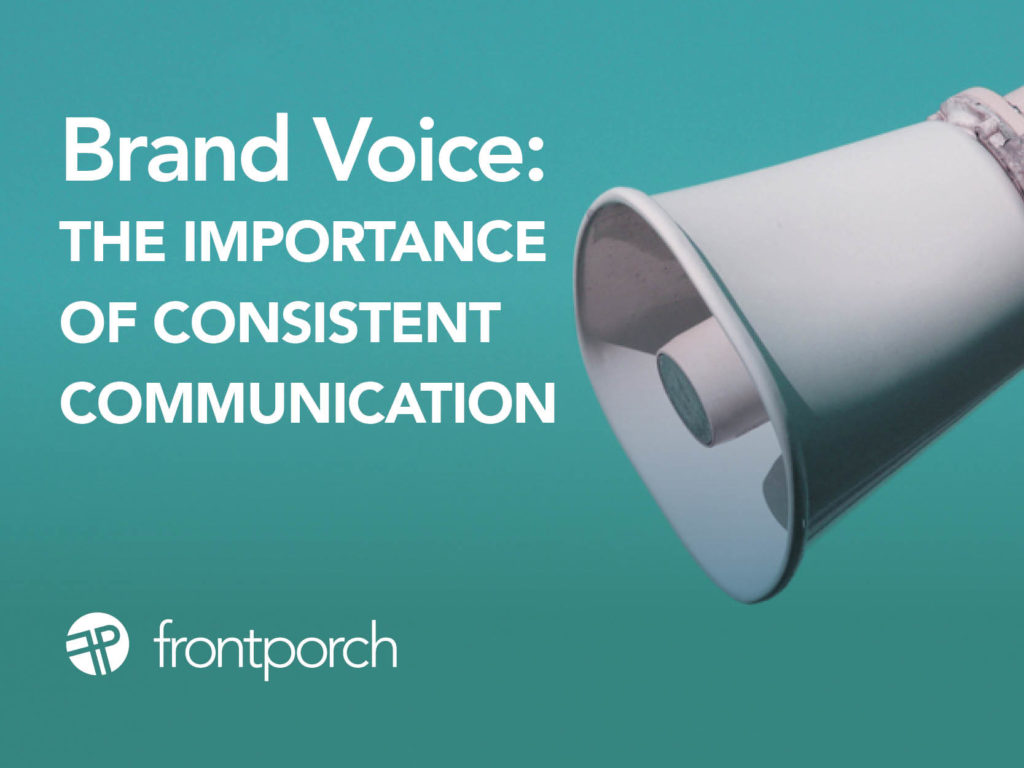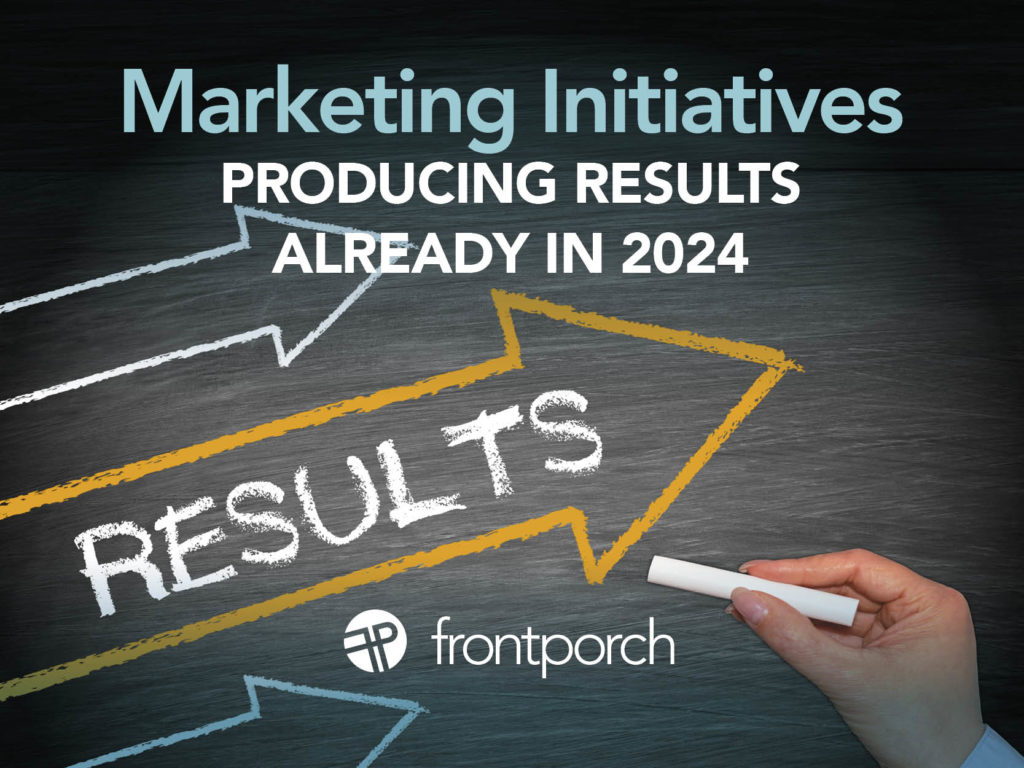
At Front Porch Marketing, we are grateful to partner with brave, smart, tenacious and passionate entrepreneurs and business leaders on their branding. New, existing and former clients have come to us in the past few months as they are starting new businesses, bolting on to existing businesses or rebranding their current business or organization.
Delivering on Branding
Our best and most successful clients understand the power of their brand. At every touchpoint, they are delivering on their vision, personality, positioning and affiliation.
For existing companies as well as new ones, it is important to consider these things.
Most Important Aspects of Your Brand
- Your name. It is the first interaction people have with your business or organization. It may be by word of mouth. It could be from a social media post. Or it could be in a conversation with a colleague or friend. This could be a deciding factor if someone wants to engage with your brand, buy from you, be a part of your community. Is it distinctive, easy to say and spell? Weak names are not memorable. They create confusion and limit appeal.
- Brand architecture. Having powerful brand messaging that encompasses conviction, consistency and connection with these three attributes is critical. This will set apart a weak one from a strong one. If these aren’t defined internally, how can external stakeholders engage and trust in your business or organization?
- Logo. Does your logo communicate your company’s personality instantly? Are the colors reflective of your brand? Does your logo have longevity? Does your logo need a refresh to stay relevant?
- Usage guidelines. We see a lot of companies and organizations that don’t have these defined. Any creative work needs to be on-brand. Whether you are executing creative internally or have an external partner, logos in color and black and white, fonts, brand colors, tone of voice, icons, images, need to be defined upfront. Remember, this helps visually communicate who you are at every touch point and is critical.
Why? Getting all these right at the get-go leads your brand to success verses struggle.
An Example of A Strong Brand
A great litmus test for organizations recently shared with us is Locks of Love. This is a case study for brand alignment. Kudos to them! Locks of Love is a nonprofit that provides hair prosthetics to children. What personality and feelings does its brand evoke? How have they incorporated their brand beyond their logo?
What if the organization had named themselves Children’s Hair Prosthetics of Florida? Makes you want to go hmmmm.
Audit Now and Build This Power
Take a moment this quarter to audit your brand. Is it doing the job you need it to do? Can it be optimized or leveled up? Set your revision plans in place now to continue the rest of the year with a stronger look, a stronger voice. Build your network, your customer base, and your future sales on this important marketing foundation.

